Special Forces Techniques For Conceal Carry
This week, Instructor Zee takes us through his 3 favorite drills for training with your concealed carry pistol.
Viewers seemed to love our series of videos that covered the CTEs, or Critical Task Evaluation drills, showing the actual tests that many Special Operation units use to gauge their shooting skill level. We get lots of comments from viewers telling us how that have practiced and can match the standards that we listed. That’s great, and it should be everyone’s goal. However, please note that our Special Operations Forces (or at least my last unit) are required to pass all these drills “cold.” By that, I mean that they don’t get any time to warm up. In other words, these guys must be ready to perform to standard, at the drop of a dime, day or night, when the situation presents itself.
Likewise, here at Tactical Rifleman, we believe that if you carry a concealed firearm for self-defense, you should be able to perform to standard, at the drop of a dime, day or night, when the “moment of truth” presents itself.
Now, we are not saying that you should be able to conduct all the Special Operations CTEs to standard with your concealed carry pistol. However, there are basic drills that you need to be able to do: Draw, Speed Reload, and Rapid Engagement.
Where we see flaws in people’s training, is that they always “dress down” for shooting on the range. In other words, they wear clothing that they know that they can draw and shoot fast from. A classic example of this can be found at local IDPA competitions. These competitions require that competitors shoot while wearing cover garments. Cool. However, MOST competitors wear those ugly “Photographer Vests” (with weighted pocket), so they can quickly throw the jacket back and get a faster draw. That’s not real life.
Real life is what you are wearing right now. Real life is what you are going to wear tomorrow, wear next week, next month, next season. What you wear daily changes, or at least I hope it does, and really changes once the seasons/weather gets really hot or really cold.
So, why don’t we train that way? You consider yourself “prepared” because you are carrying a gun. Have you ever quickly drawn and engaged a target while wearing today’s outfit?
Here’s an easy drill that will change your life for the better… Once you get up in the morning and dress for the day; before you load your pistol and leave the house, go ahead and Dry-Fire ten (10) draws from that holster and that outfit you are wearing. Now, remember to ENSURE that the firearm is UNLOADED. Sounds like a “no brainer” but you would be surprised how many people leave their concealed carry guns loaded all night. Again, this is simple, once you are dressed and you have clipped on that holster; before you load your pistol, practice your draw. Easy. Pick a spot on the wall in a safe direction and dry fire. Rack the slide, reholster, and repeat nine more times. Did I mention Ensuring that the pistol was UNLOADED?
This will do several things. First, it will ensure that you can actually draw safely from that outfit, without cloth, strings, zippers, and other crap interfering with your draw. Second, it will change the way you dress, I assure you. Third, it will give you confidence that, at the moment of truth, you can safely draw and fire your concealed carry firearm. Plus, all the daily loading and unloading will ensure that you keep that firearm fully functional and free of lint, dust, rust, and everything else that I see on guy’s concealed carry rigs.
Always give yourself a few dry runs with your set up for the day, and always run some plain clothes and concealed carry set up drills when you do finally make it out to the range.
Zee’s three drills are simple… First, draw from concealment with a single shot on target. Second, draw and engage, Reload (preferably from behind cover if available) and fire again. Lastly, Zee recommends the “Now” drill; which is pounding the target with a whole magazine, quickly reloading, and then sending one more bullet to stop the clock. This last drill will help you build on handling the sharp recoil impulse of some small pistols while still driving those sights back down into the center of the target.
The cornerstone of being a Green Beret or any other Special Operations Soldier is training and knowing the basics! As you can see, there is not much flare or pizazz to these few shooting drills shown. Don’t be fooled though, as there are many important components that are being worked that apply to many more complex drills. I suggest doing these basic drills until you have acceptable accuracy and speed (safety always first). Once you are easily executing these drills, instead of graduating to other shooting drills, add some stressors to the mix. A few things you can add that will give you some stress and better simulate a real life threatening scenario are: time standards (shot timer), physical activity(sprints or calisthenics), target variations (smaller, target ID, hostage, etc), or even an audience of peers watching you. We like to add all of these stressors with a large dose of “shit talking” while the other guy is shooting.
After that, get some “Force on Force” training with training munitions (UTM/Simmunitions/etc) that really puts your skills to the test in a 2-way gun fight. Remember, the flat range with no bad guys is the easiest place to execute shooting drills; you can only go so far there. If you want to be challenged and really increase your shooting skills; come train with us in one of our Tactical Rifleman shooting courses, that you can find at Tacticalrifleman.com.
For more go to http://www.tacticalrifleman.com/ and Follow TR on Twitter-http://bit.ly/TACrman
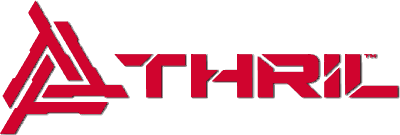
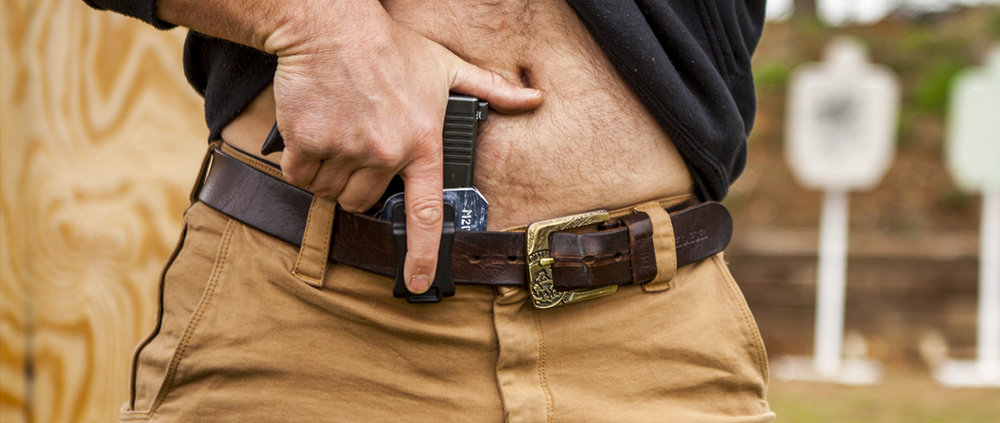
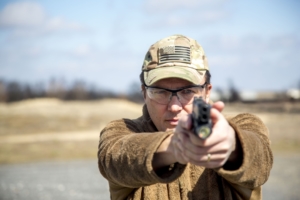
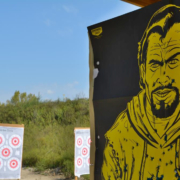



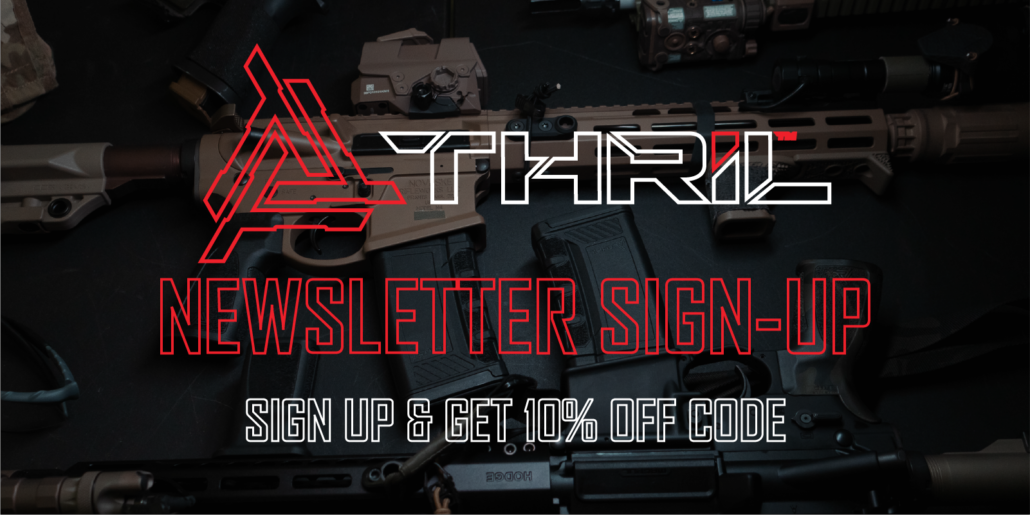
Leave a Reply
Want to join the discussion?Feel free to contribute!